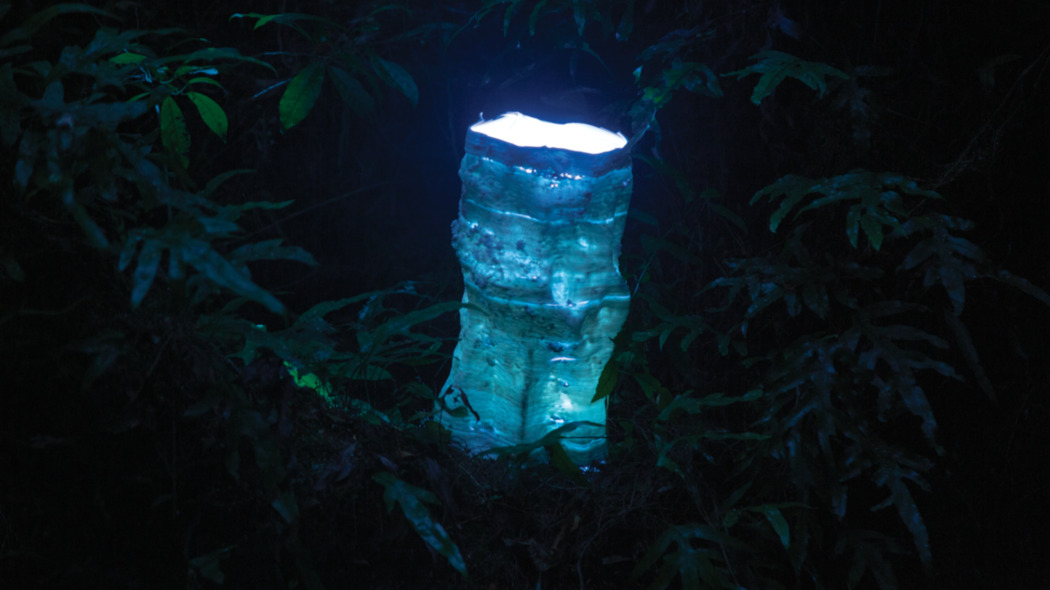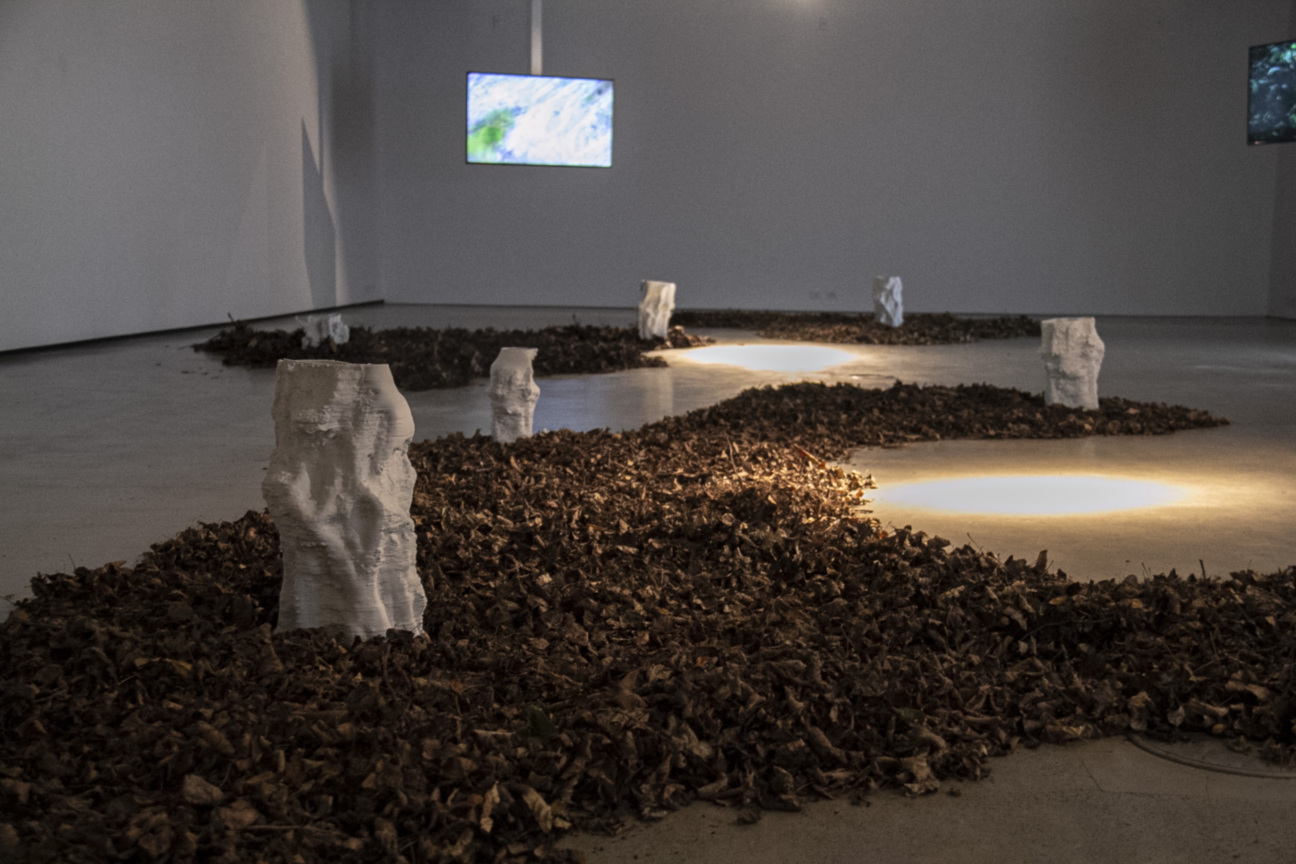
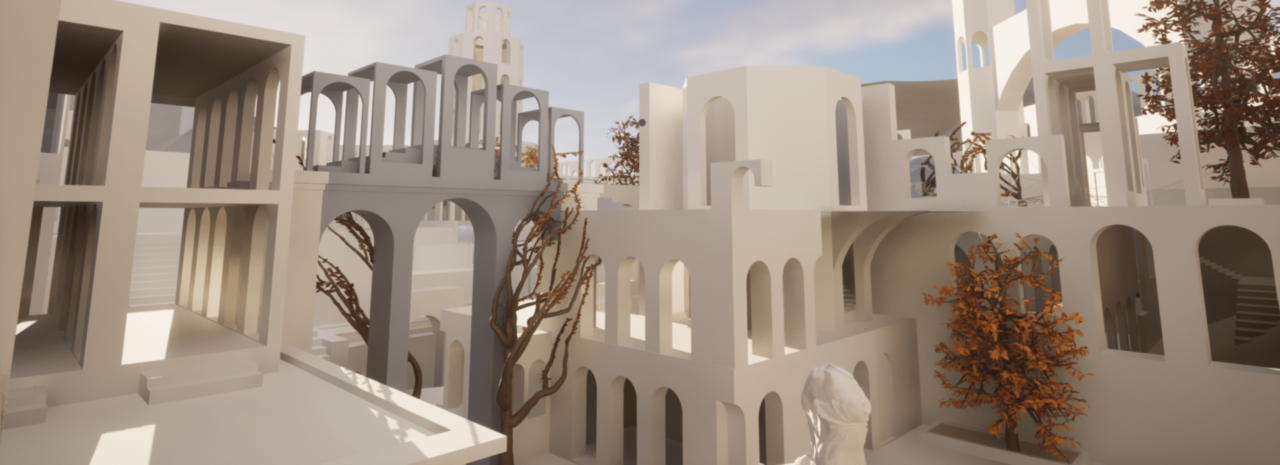
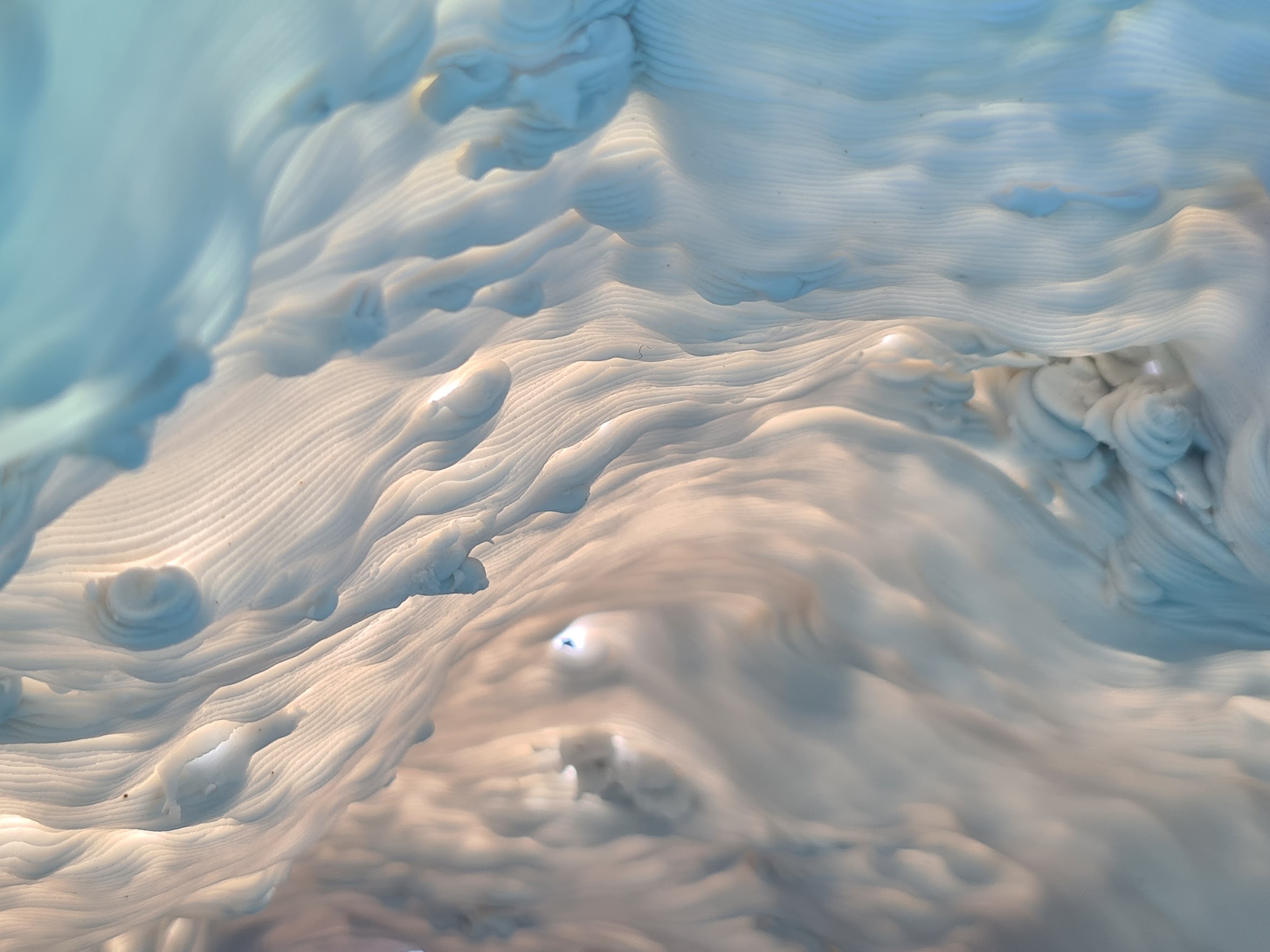
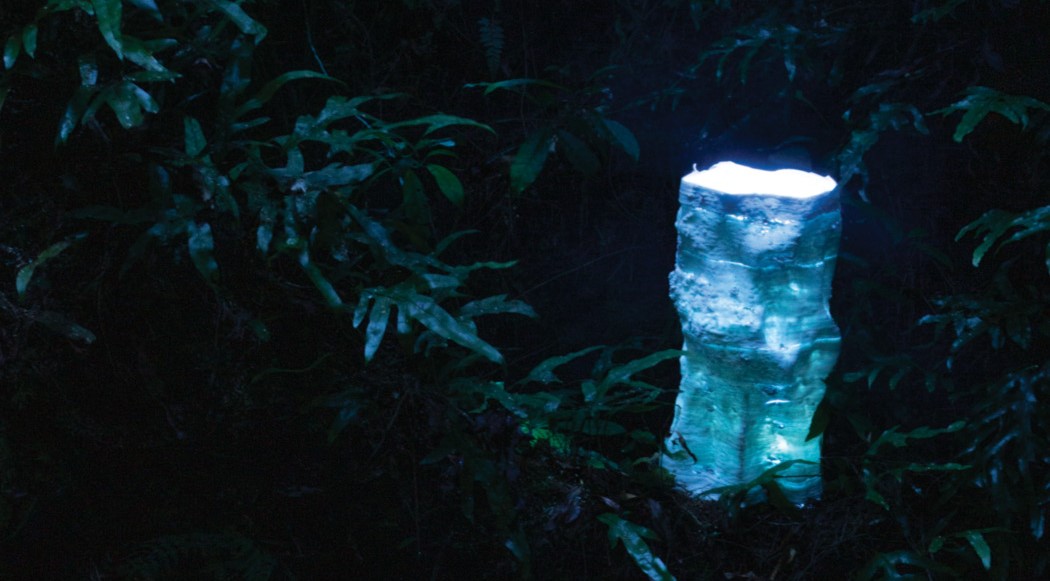
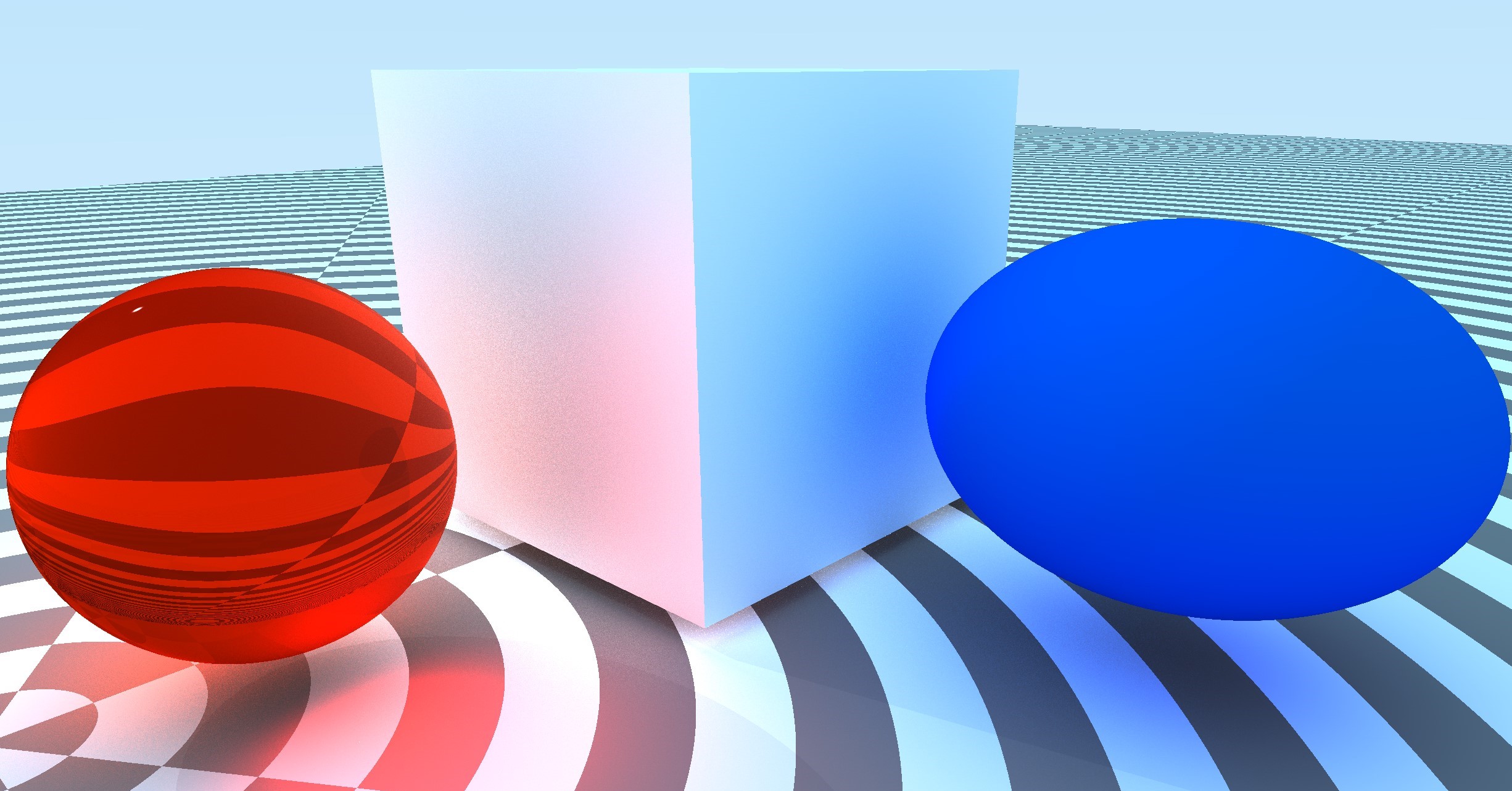
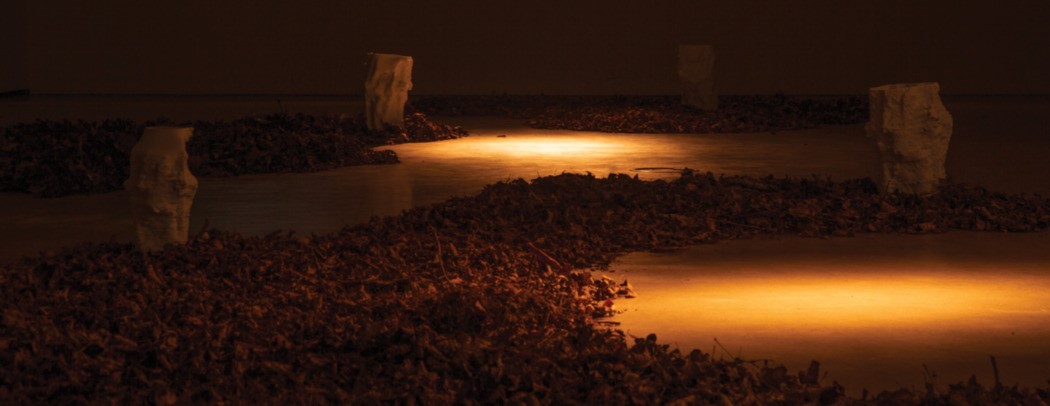






Finn Petrie is an interdisciplinary artist, scientist, musician, experimental game developer, and engineer from New Zealand. His work aims to foster and cultivate cognitive eco-systems. This includes establishing ontological connections between us and non-humans in his art, developing audience interactive performances as a musician, researching computer vision methods to help archeology become a non-invasive practice, and through implementing and researching emerging technologies to create mathematical puzzle games about perception and spatial intuition.
Art and Technology
My Sky (With Motoko Kikkawa)
+ Click For More Info
.jpg)
My Sky Game (With Motoko Kikkawa)
+ Click For More Info

Epiphytic Memory (Public Installation)
+ Click For More Info

Epiphytic Memory (Gallery Installation)
+ Click For More Info
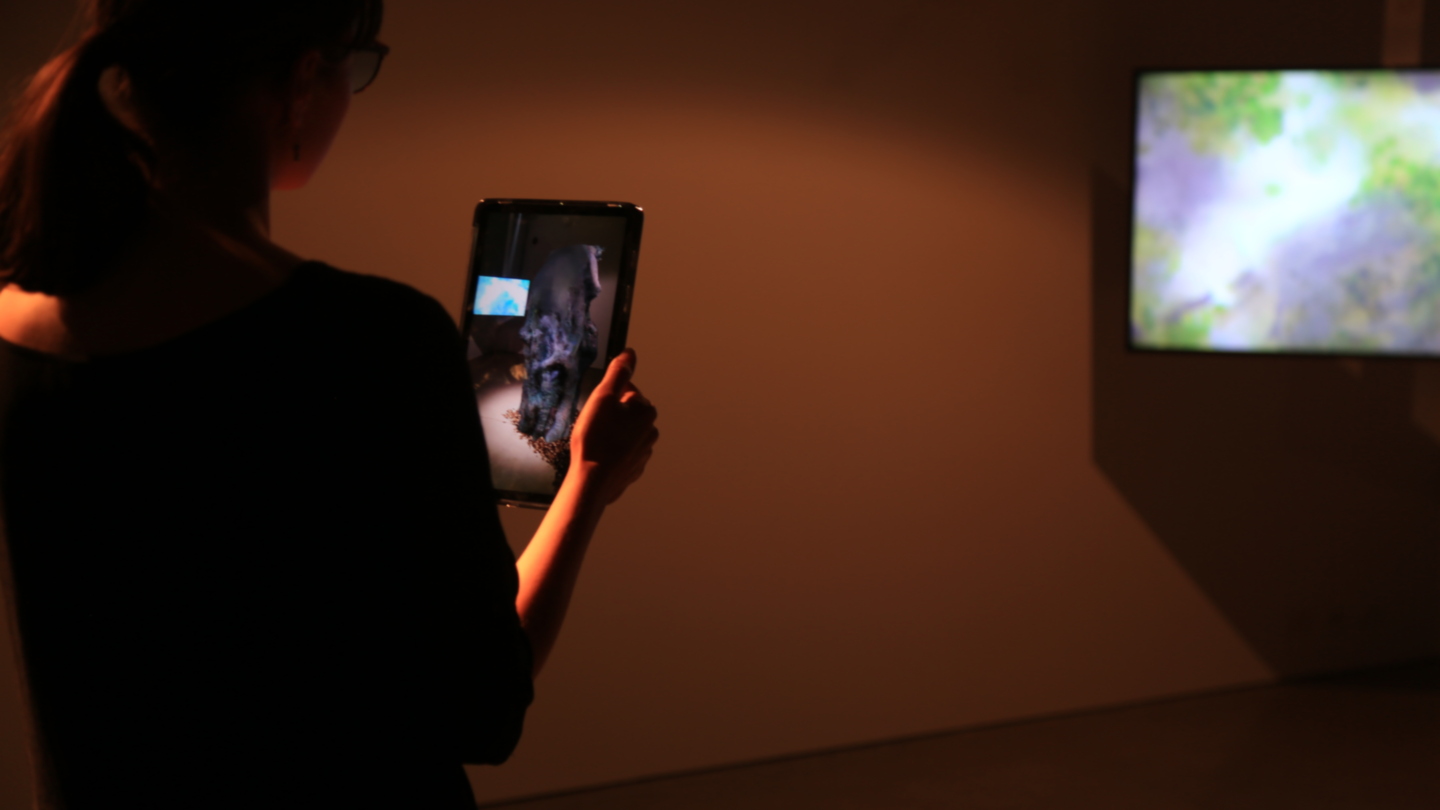
The Ghosts of Future Trees (Work in Progress)
+ Click For More Info

Porcelain Clouds (Light + Clay Study)
+ Click For More Info

Retipora (A Network of Pores)
+ Click For More Info

Research and Professional Development
Mirrored (Real Time Ray-Tracing as a Game Mechanic)
+ Click For More Info

Real Time Ray-Tracing
+ Click For More Info
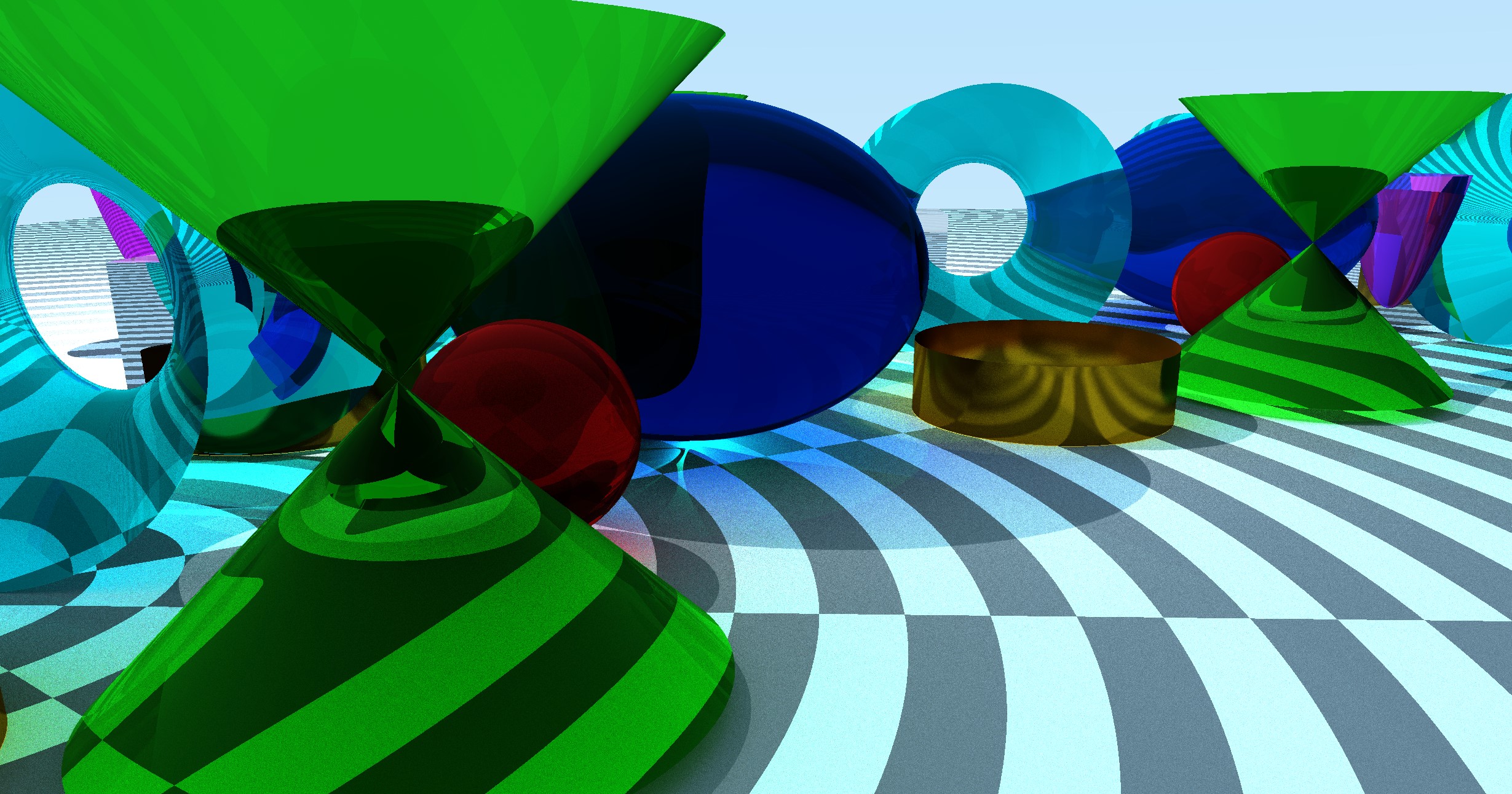
Photogrammetric Debitage Analysis: Non-Invasive Archeology
+ Click For More Info

Music and Performance
Other Rooms (Bedroom Recorded Album)
+ Click For More Info

Interactive Audio/Visual Performance To Sleep To
+ Click For More Info

Live Performance
+ Click For More Info
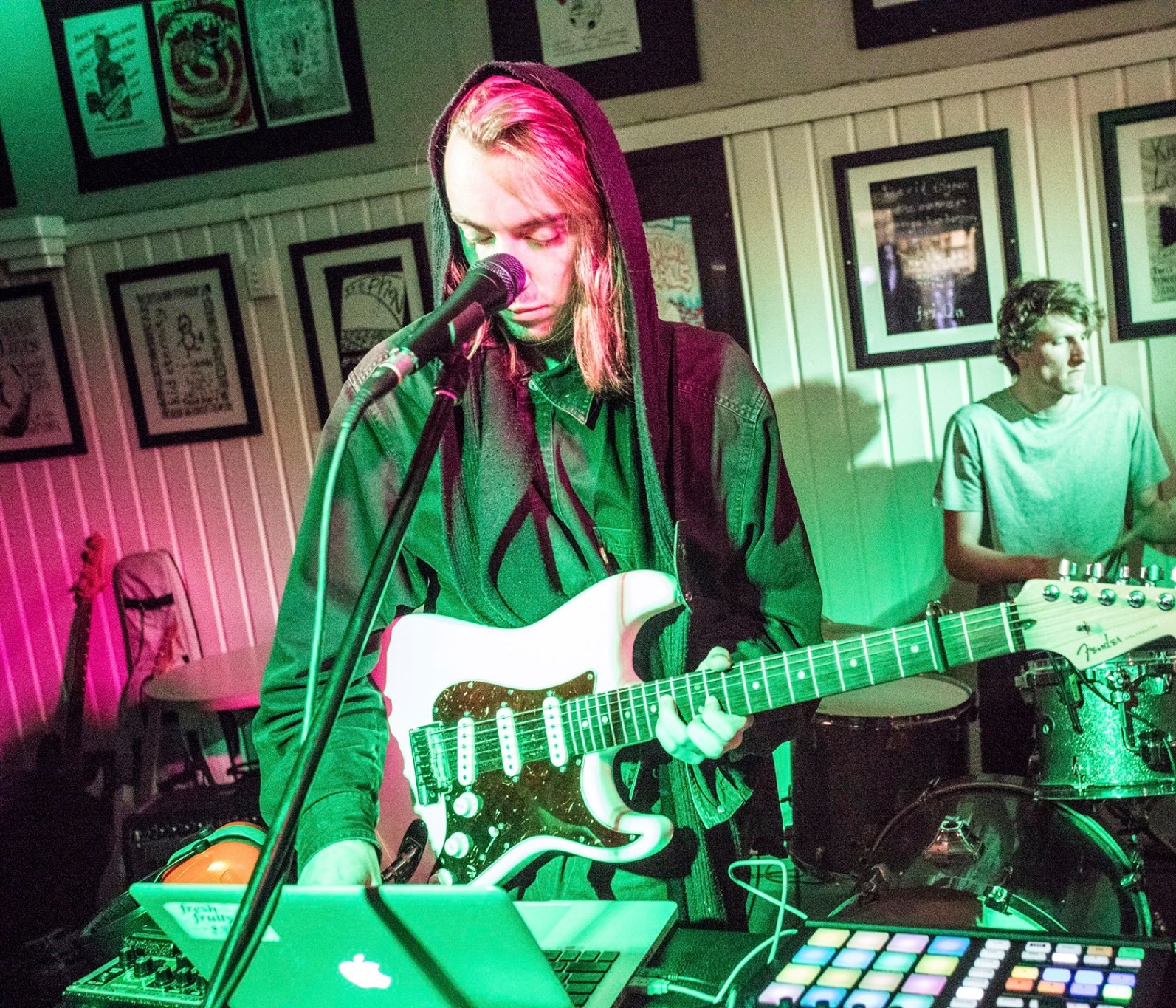
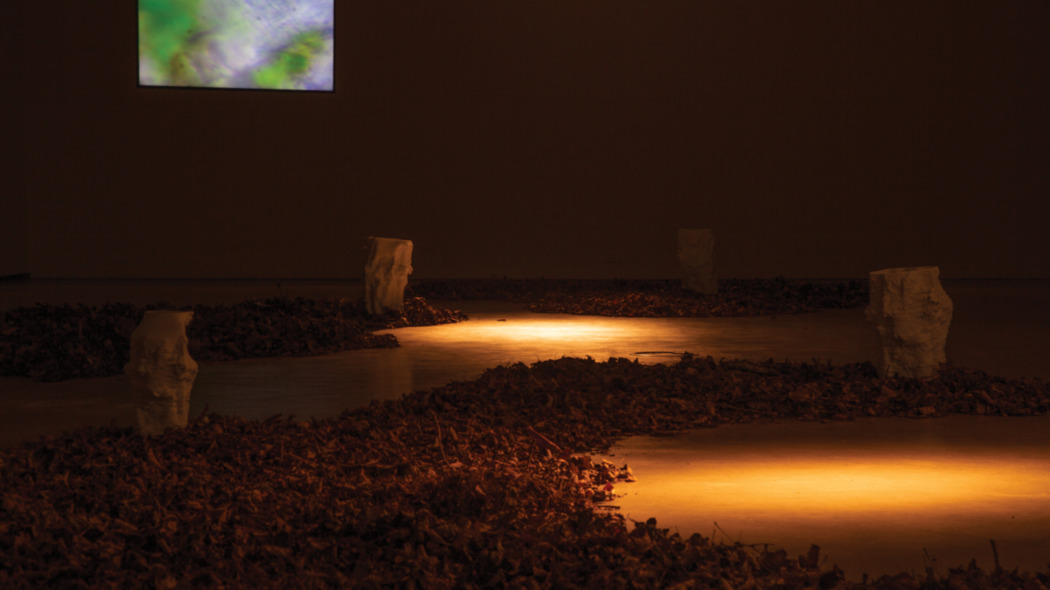
Epiphytic Memory is an ongoing project motivated by the symbiotic homing relations of plants. Light detection and ranging (LIDAR) scans of ancient trees from Aotearoa New Zealand’s southern rain-forests are 3D-printed in porcelain, and then situated in hybrid environments in Ōtepoti Dunedin as scientific interventions. These site-specific sculptures function both as memories and as potential bio-scaffolds for new life. The project uses augmented reality to help understand the depth of time involved within the work, through an interactive gallery installation that simulates plant growth. The work draws on N. Katherine Hayles' notions of the cognitive nonconscious and cognitive assemblages, to both understand the agency of plants, but also technology. The work intends to bring what Jakob von Uexuell describes as the Umwelten -- the ontological life world of a species -- closer to us through technology, allowing us to understand and form rich dialogues with plants through their growth and corresponding data.


Epiphytic Memory's public installation saw porcelain bio-scaffolds of LIDAR scanned ancient trees situated in urban and hybrid environments as scientific interventions. Here they function as memories of a pre-colonial Aotearoa, one ruled by trees, but they also function as homes for new life. The goal with the project is to sample the bioscaffolds within the next five years for lichen biodiversity, and then correlate the findings with the surrounding pollutant levels. Lichen biodiversity has been shown to correlate with pollutants as well as lung cancer (see Lichens, air pollution and lung cancer). In this way the project incorporates the interpretive practices of science --- or the action of giving a voice to non-humans through collecting their data --- to ultimately encourage local community reading of the sites’ growth in relation to this data.



Works located near architecture demonstrate the project's emphasis on connectivity between humans, technology, and plants. In some instances the forms are based on LIDAR scans of buildings digitally merged with the shapes of ancient trees. This performs a sort of co-becoming, a means for us to think through, and pay respect to, the constant yet slow push between plants and the built environment, as well as to speculate on a new architecture – one that not only welcomes plants, but sees them as necessary cohabitants. These works (see below) appear like tree-architectural hybrids, and often have unprintable parts left behind from the surface reconstruction algorithm used in merging the structures.
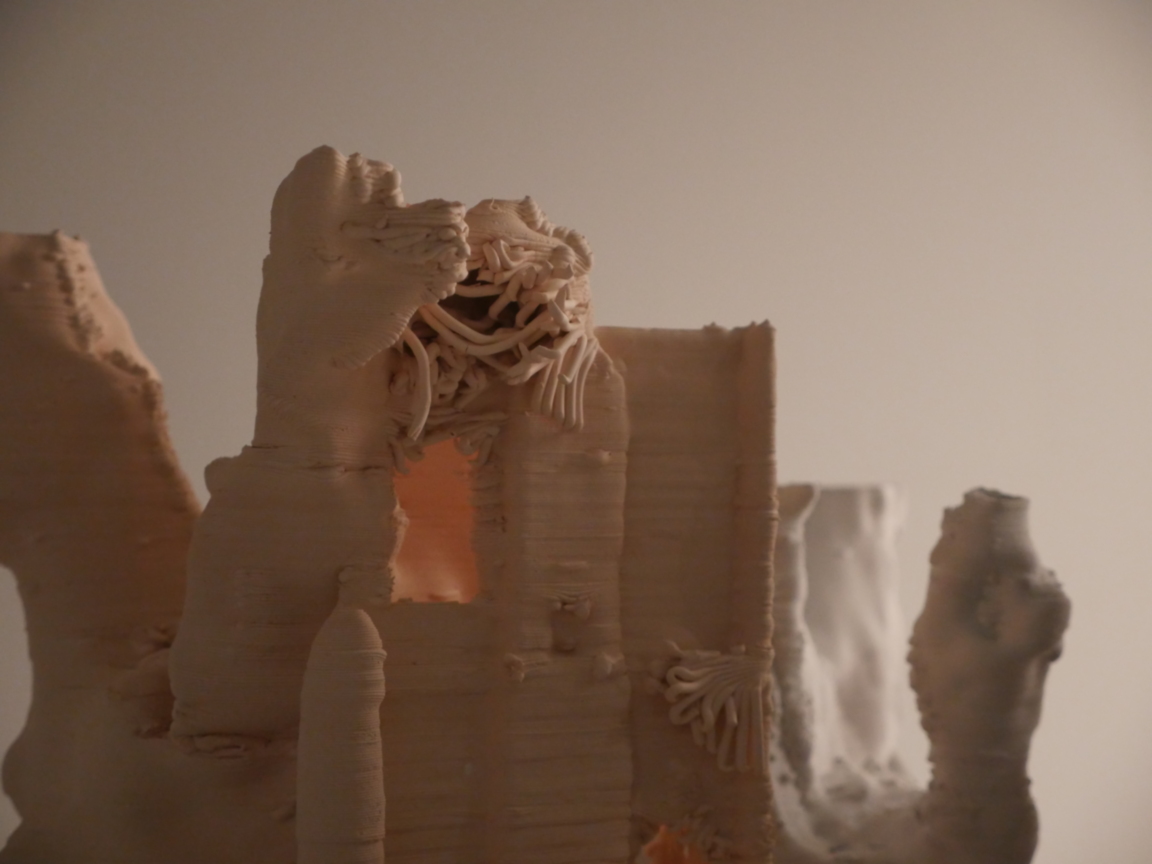

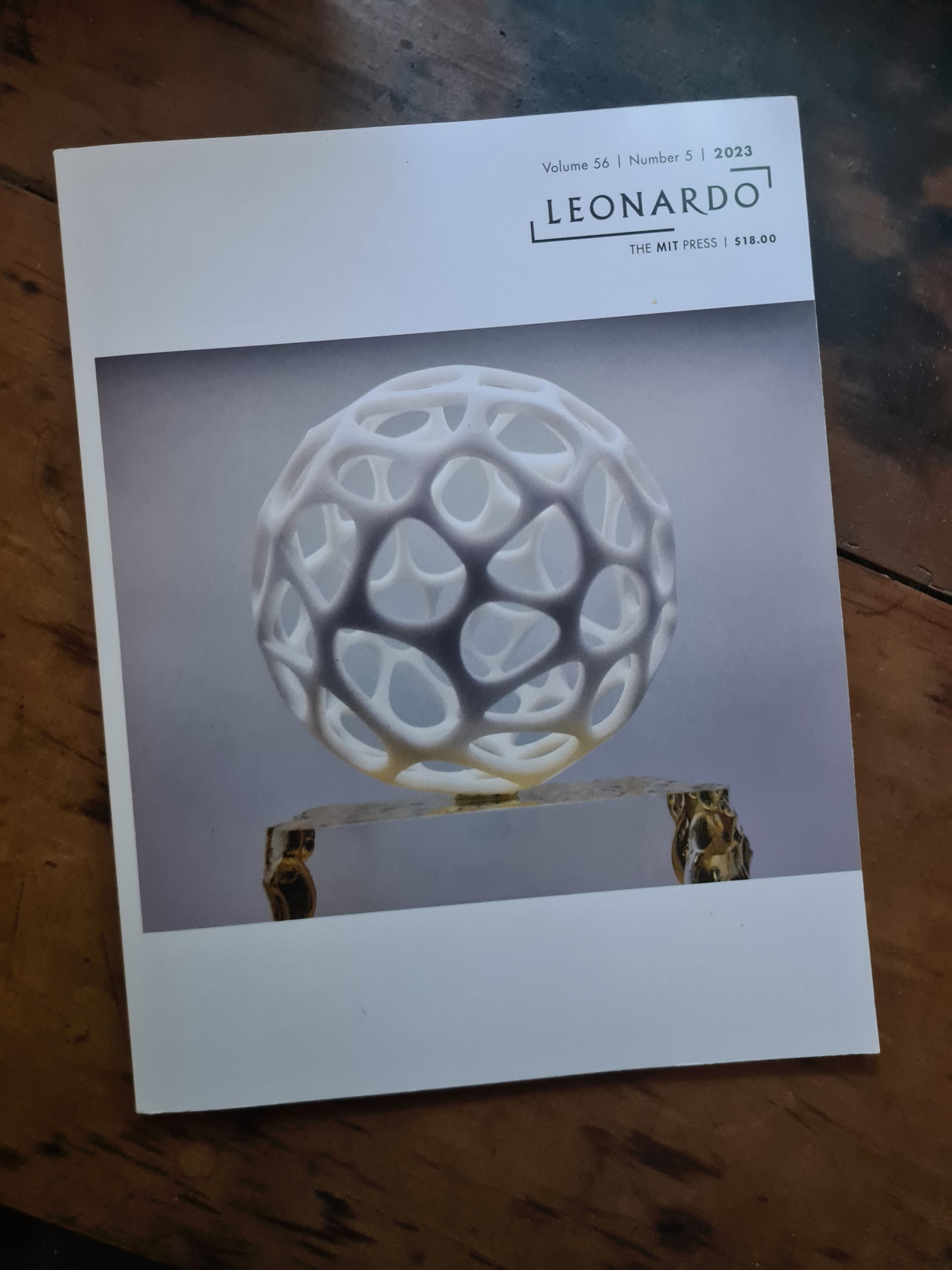
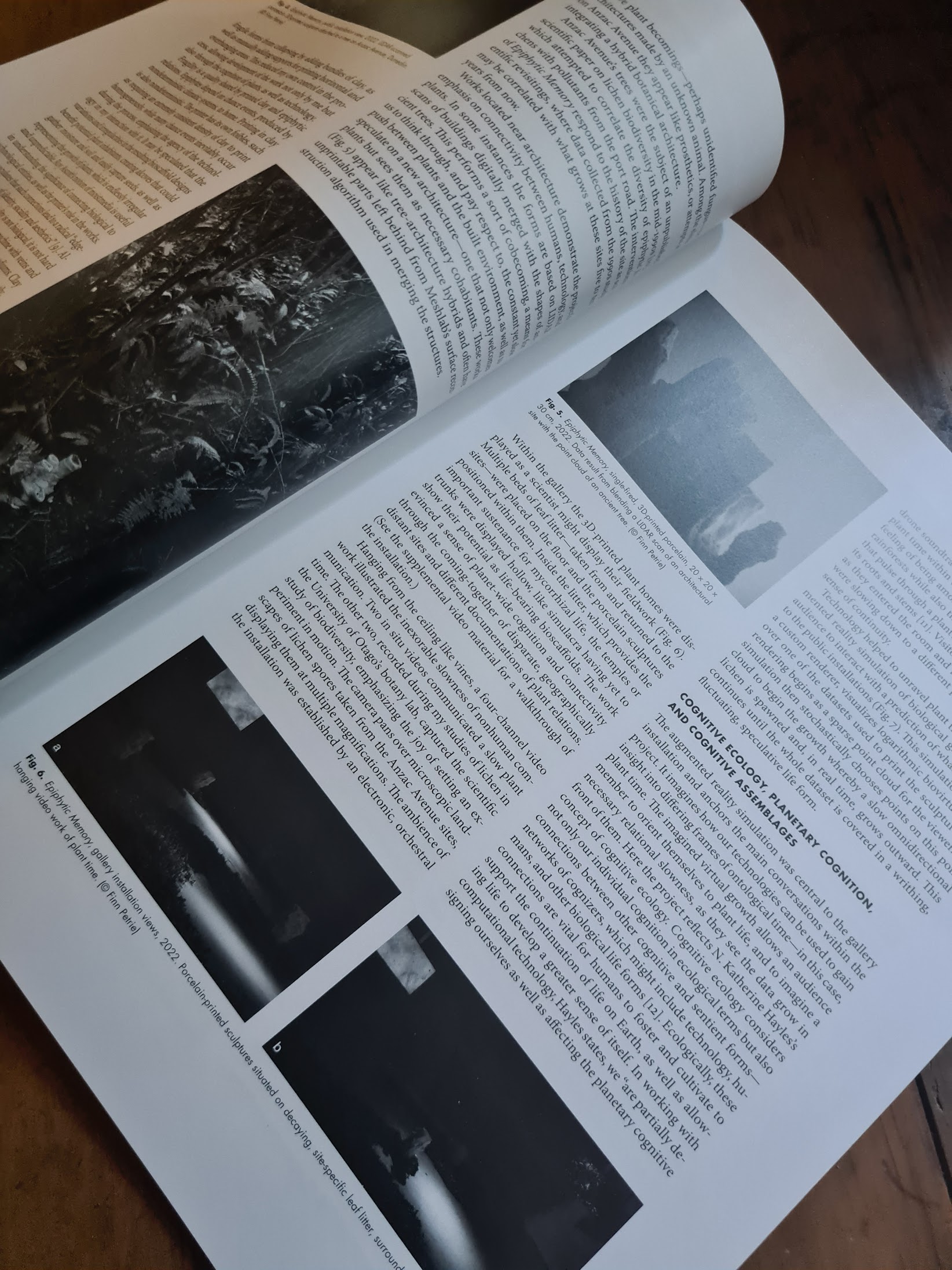
.jpg)
This collaboration weaves relations between Motoko Kikkawa's discursive way of drawing (see figure 2) and microbiology. Motoko Kikkawa is a Japanese artist who creates complex assemblages from watercolours. The project was inspired by our conversations around the similarities and ambiguities between different scales of reality as well as different scales of perception -- the structure of a spider's web resembling that of cosmic webs. Motoko's work functions cognitively like clouds passing in the sky -- their shapes falling in and out different interpretations. The assemblage that flows along the hemisphere's curvature was created from mathematical models that describe phenomena in molecular and cellular biology -- the random movement of a molecule in water, folded proteins, and cellular growth. The exhibition also included a video game where users could interact with the 3-dimensional model (see video below).

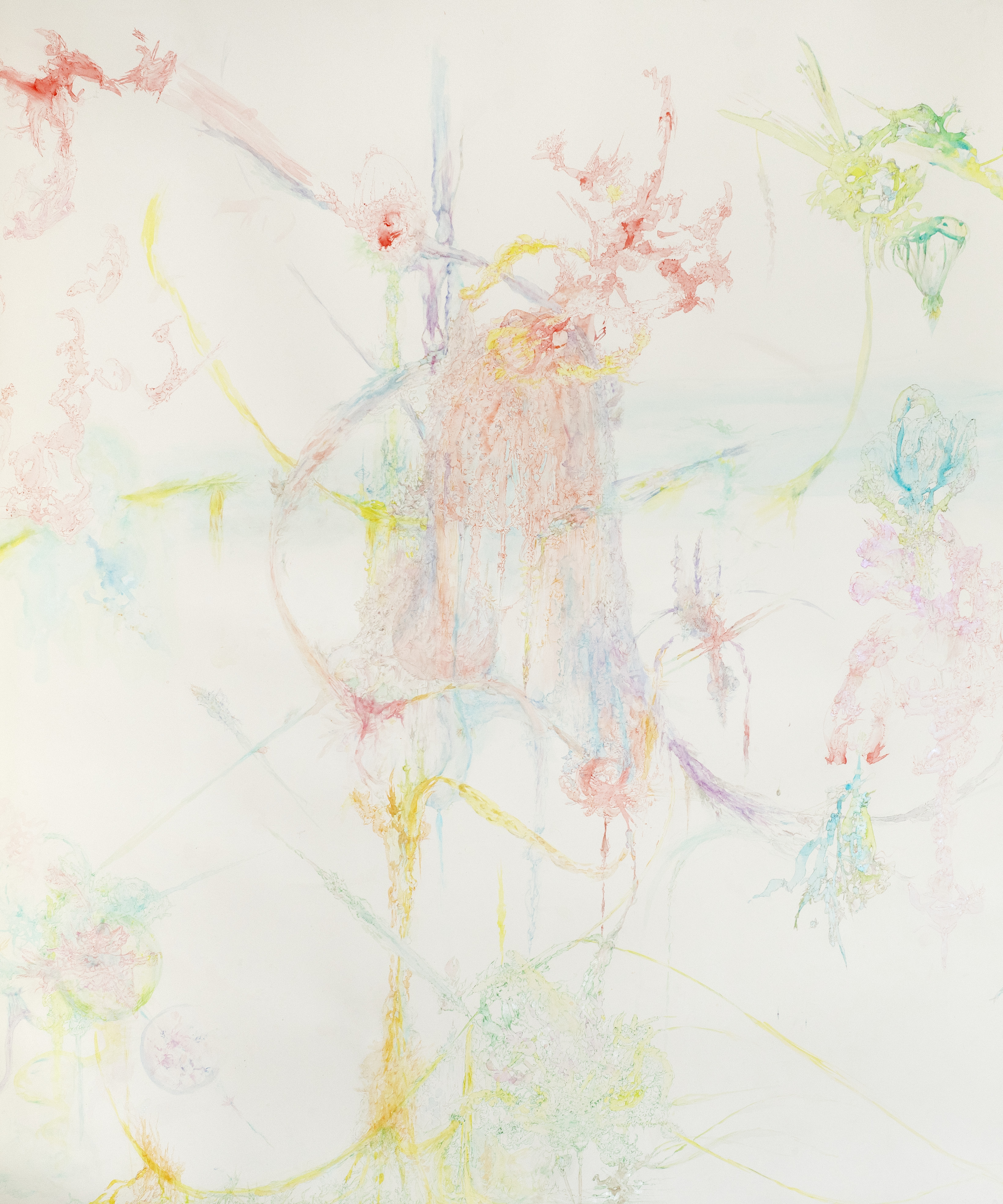
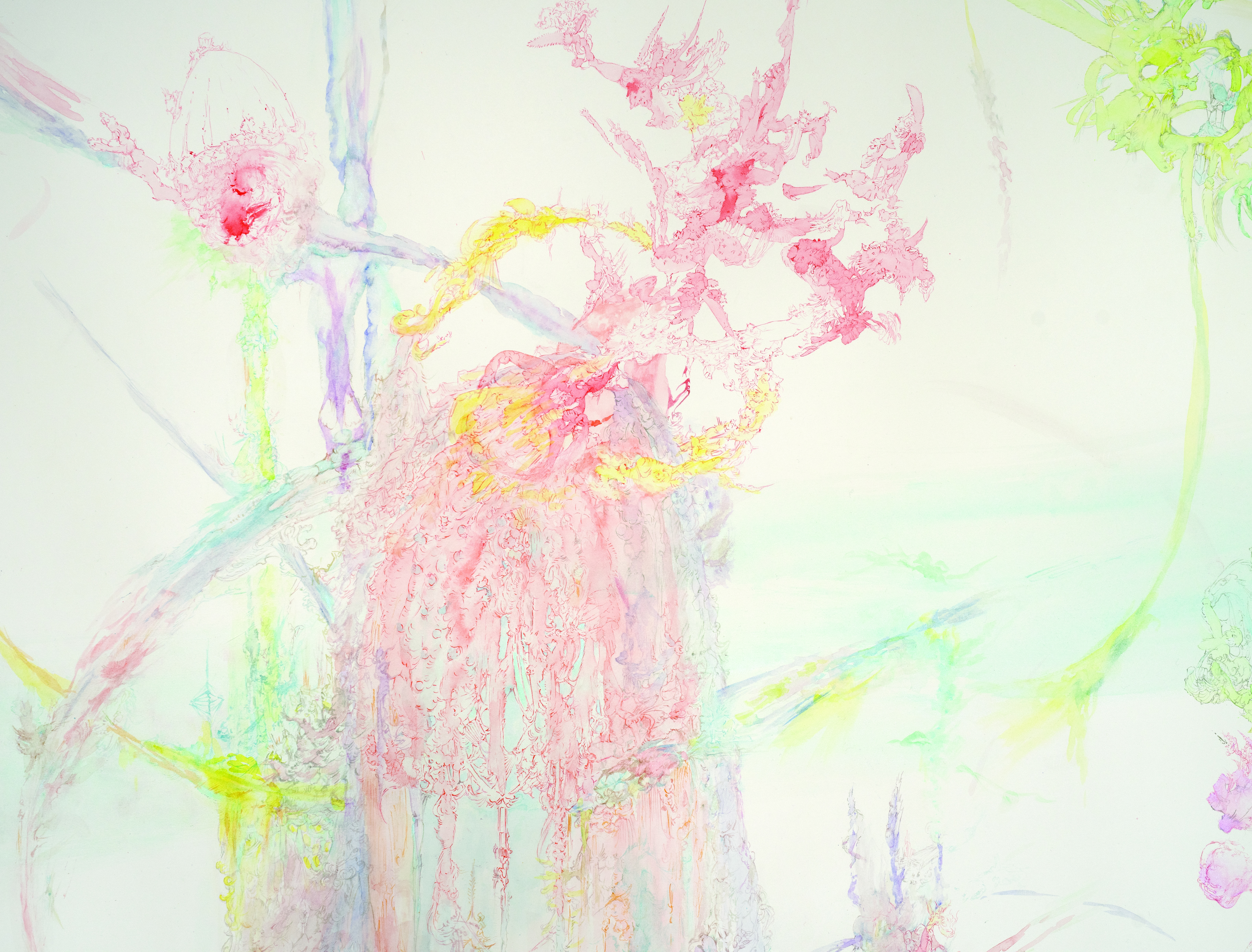



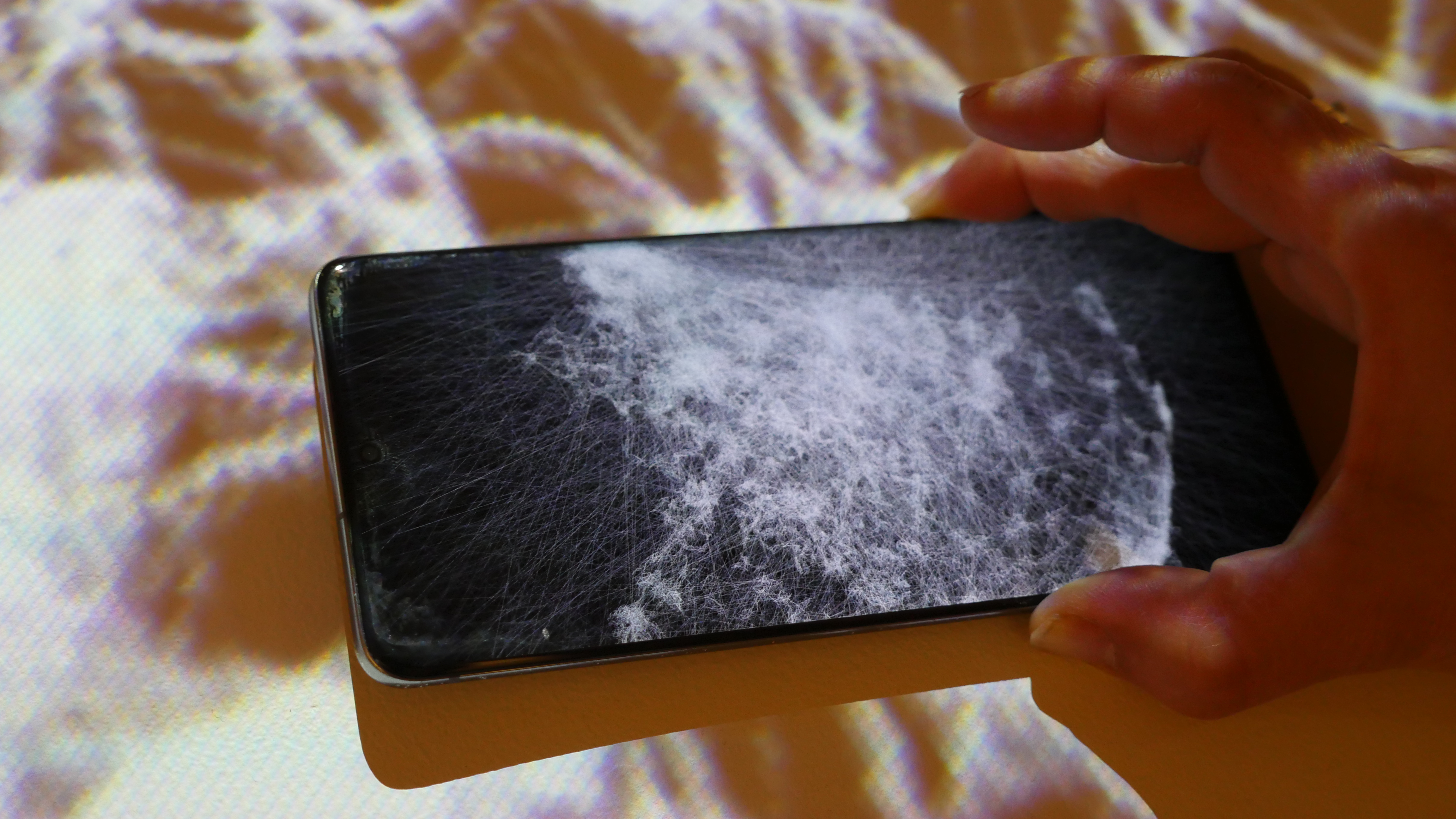
.JPG)

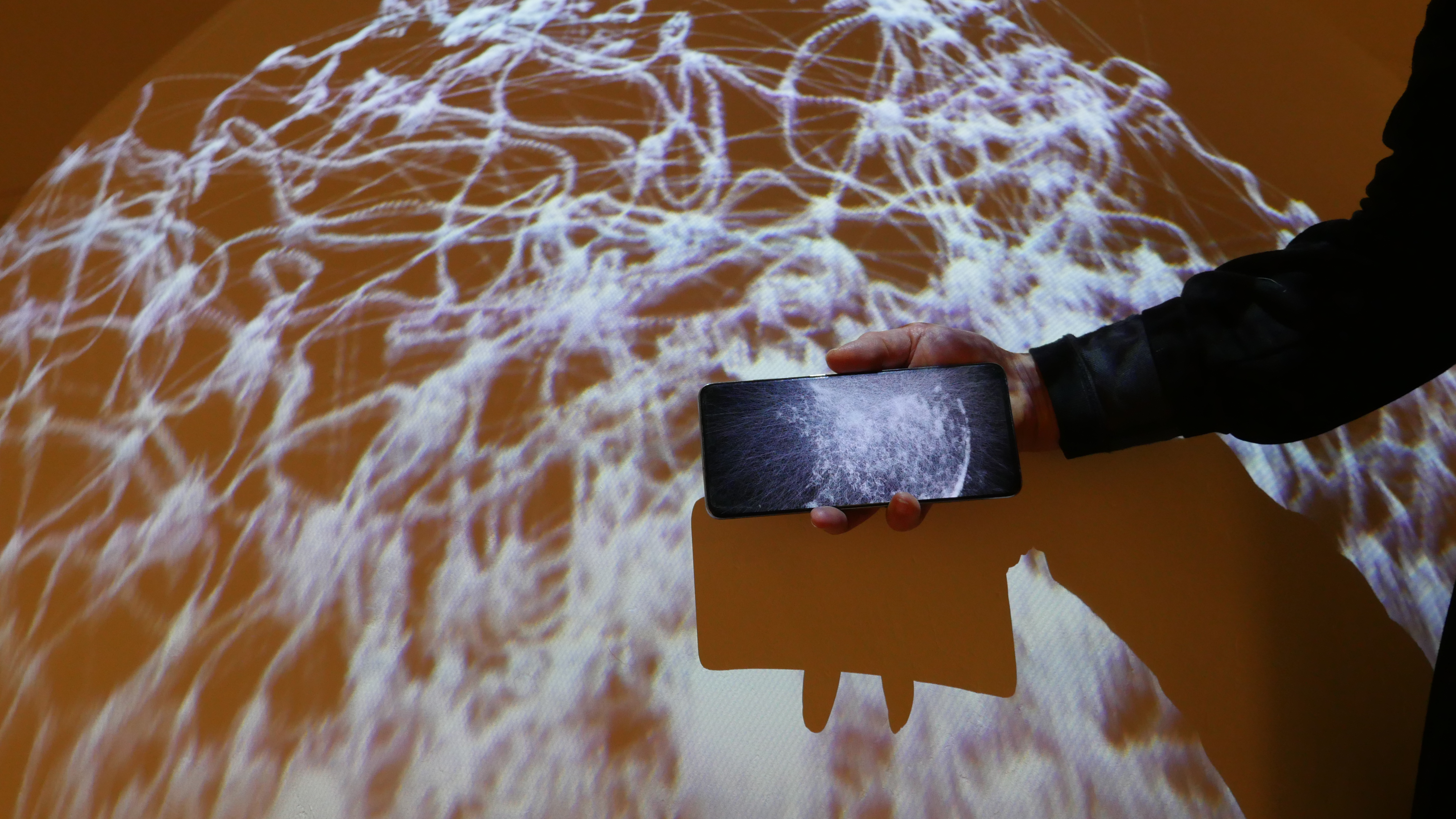


Motivated by the notion of material hermeneutics, what philosopher Don Ihde describes as the interpretative practices of scientific visualisation, Retipora (A Network of Pores) was an early experiment within my practice exploring shared existences, both between geologies and digital technologies, but also earthly bodies -- including oceanic speeds and geological time. A cloud of data-points visualising a rock-face within Ross Creek (Ōtepoti) is pushed through space and time – perhaps a thin film between worlds. The cloud appears to breathe as the 3-dimensional data shifts in and out, falling back to its original form only for a moment. The work metamorphoses the slowness of geological time into the continuity of constant flux and chaos of the ocean, bringing distant rates of time into contact. Exhibited at Aotearoa Digital Arts Symposium, 2021. Made in Unity using hlsl.
.JPG)

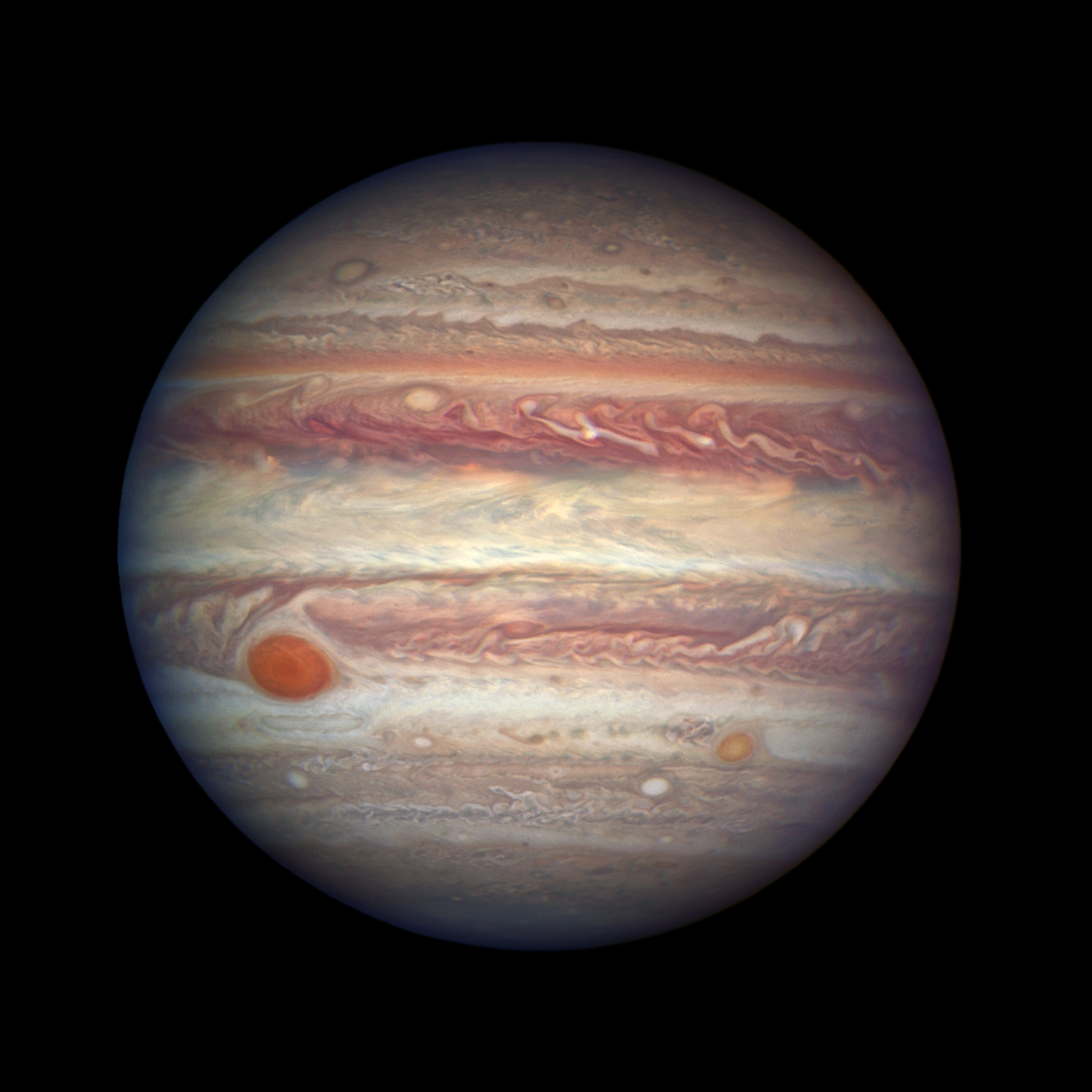
Porcelain clouds is a small-scale study, a shrine to the planets of our solar system. The work aims to capture the vector fields and flows of imaged planets in porcelain, a material that commonly signifies sacredness. When the small 3D-printed sculptures are hit by sunlight, the translucence of the porcelain flows appear like the surface of a gas giant, such as Jupiter. Materials: 3D-printed porcelain, sunlight.
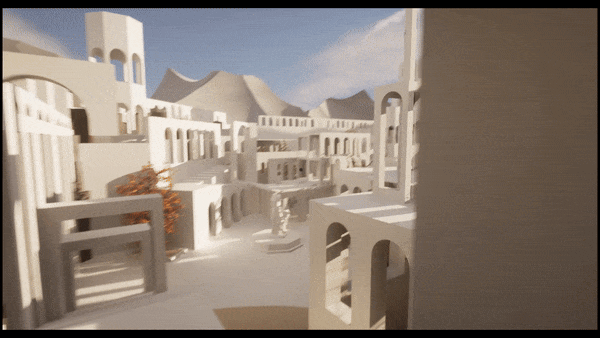
Mirrored is a magical realist puzzle game based around perception and the physics of light and influenced by the stories of Jorge Luis Borges and Italo Calvino. It is currently in early development through my startup, Retipora Studios. The world is architectural and geometric, a city of reflections, invisible light, and unknown physical laws. The player uses perception to progress through the world. Doors here will only open if they can be seen from certain vantages; creatures inhabiting the city will move if they are not seen by the eye; and certain architectural elements only exist behind glass, and must be brought forth for the player to advance. On a technical level, the game explores the use of real-time ray-tracing as a game-mechanic. Ray-tracing, an algorithm invented by painters in the 16th century to faithfully capture reality, allows a way to fully simulate Newtonian/geometric optics, where light is abstracted as straight lines. Due to the computational cost of this algorithm, it has historically been used for offline rendering as opposed to real-time/interactive computer graphics. While the visual fidelity ray-tracing offers is substantial, the extent to which it might extend the domain of play in interactive mediums is often not discussed. The game is currently in development with the help of funding from the Centre of Digital Excellence (CODE).
Games typically compute what has been seen by the player by checking what has not been culled from the frustrum culling process in Rasterisation

However, this process does not work for ray-tracing, as some objects that may be rendered (say within reflections) could be outside the view volume. For example, parts of the world seen in the recursive mirror rendering in the figure below would be rendered by reflection rays, yet be considered occluded by frustrum culling

To solve this issue, I have modified Unreal Engine 5. My modifications compute what has been rendered in ray-tracing on the GPU, and then this information is passed back to the CPU per frame. This means the CPU knows which objects have been seen by the player, allowing gameplay to be developed around what is visible. An example of this gameplay is illustrated in figure 5., where statues move when they are not seen by the player.

The main game loop requires players use their spatial intution to place mirrors that allow them to see doors that only open when visible.

As with reflective optics, there are also puzzles based around refraction. Here the player must identify anomalies within refractive glass -- such as missing architecture -- and bring these anomalies forward to their world, allowing them to progress. Narrative around this 'other world' is built up as the player progresses, and turns into an existential threat as architecture begins to fade from their present world.
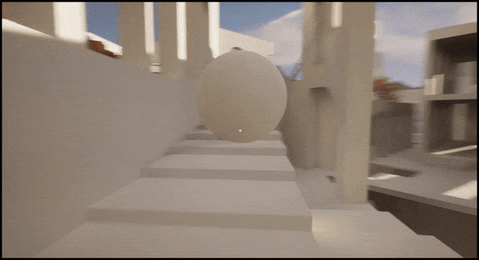
The game world evokes Escherian recursion and Catalan architecture. It is also inspired by mythologies about spiders and trees creating the world. The player solves an environmental narrative where visual glyphs hint at the meaning of this place, but never directly signify, allowing them to uncover their own story.
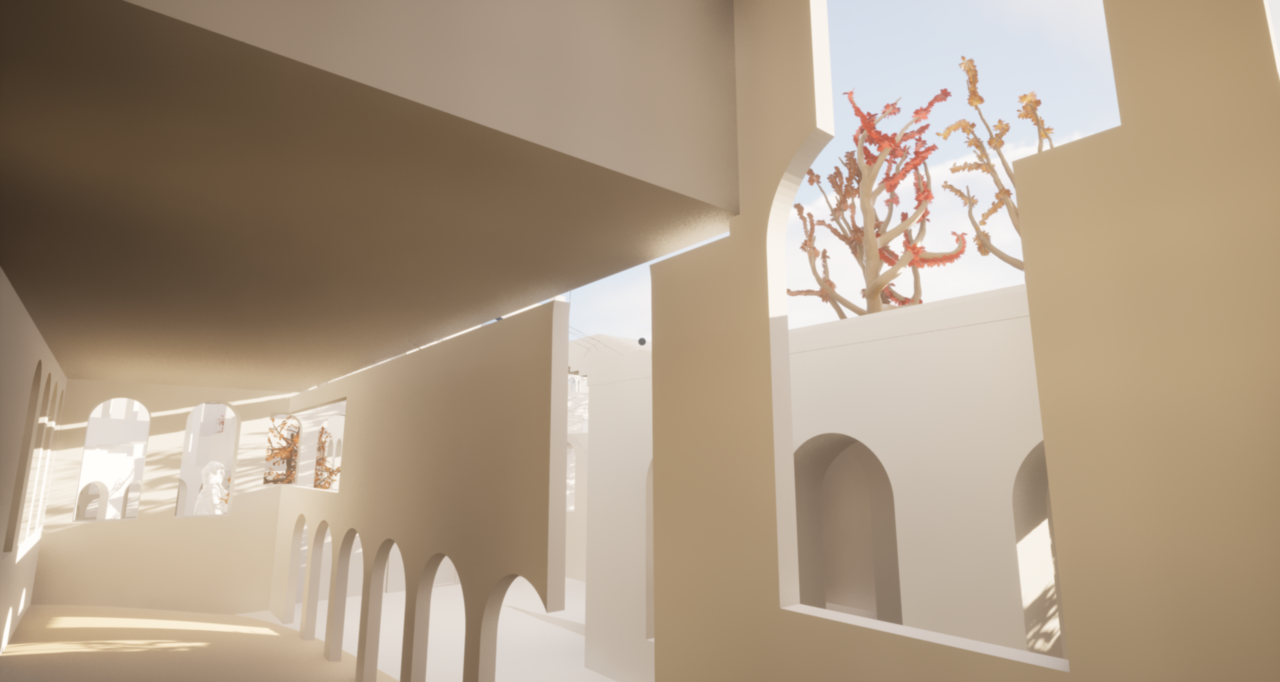

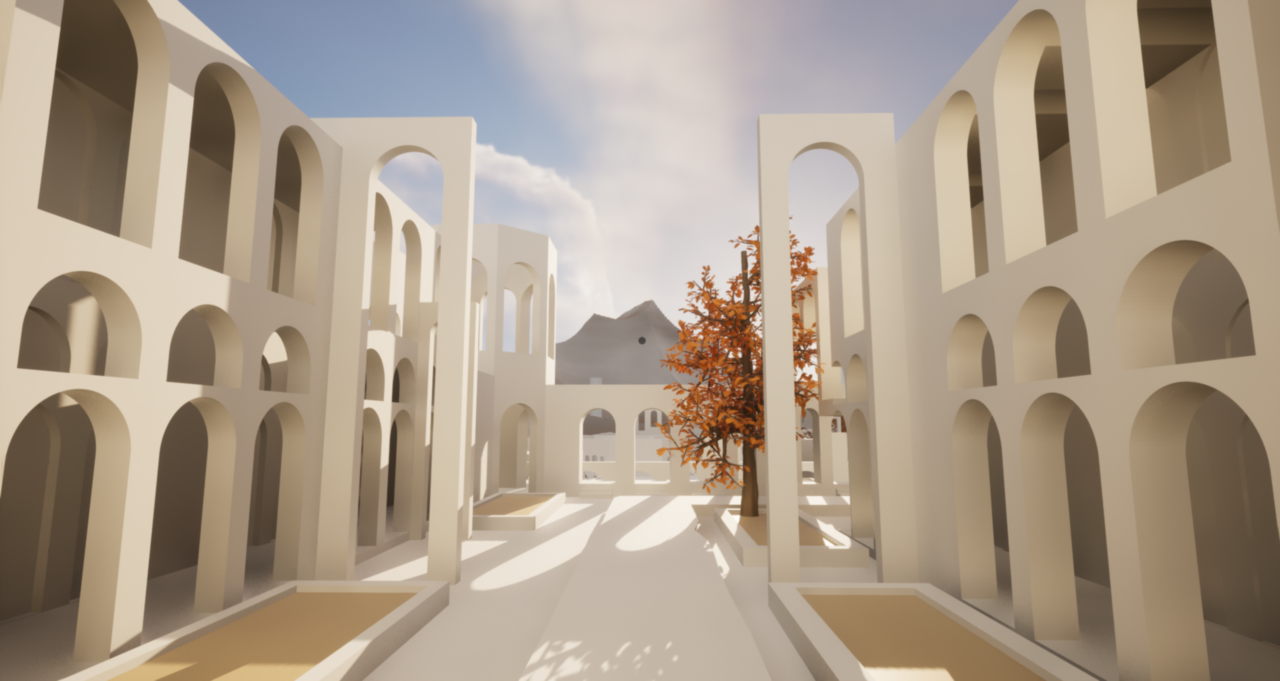

I conducted research into real-time ray-tracing for my honours dissertation (2020), which culminated in a peer-reviewed publication (Real-Time Ray-tracing of Implicit Surfaces), as well as building the foundations for me to develop my video game Mirrored, which applies this research to a video game (see Mirrored). I built a real-time bi-directional path-tracer in DXR and DX12 (Microsoft's GPU programming APIs), as well as an implementation of the paper Image Space Photon Mapping in modern hardware. I then conducted research into geometric representations on the GPU and analysed the speed of these representations compared to the hardware accelerated triangle mesh geometry. These geometries included algebraic, implicit and constructive solid geometry. Constructive solid geometry is typically implemented as a tree traversal. Recursive functions do not map well to GPUs because of the small stack sizes of each individual thread group, as well as the large cost of memory allocation. I devised an algorithm that pre-processed the CSG tree (see the figure below) into a post-order sorted list on the CPU, which the GPU could then process iteratively. As mentioned, this work ultimately led me to wonder how real-time ray-tracing could extend and compliment video game mechanics and gameplay, as I felt it was more than just at technology that could add visual fidelity, as commonly marketed. I received $34,000 NZD of funding from the New Zealand Centre of Digital Excellence toward developing Mirrored, which experiments with optical gameplay




During my undergraduate I helped develop and research methods to reconstruct objects that are traditionally hard to image using structure from motion under the supervision of Associate Professor, Steven Mills (University of Otago). The research was in the context of imaging debitage -- debris used in the analysis of stone tools by archeologists. The work led to a published peer reviewed paper (see Stitching Partial 3D-Models), and outlined proof of concept ground work that aided the project in getting a Marsden Fund from the New Zealand Royal Society Te Apārangi. The image below illustrates the observed error against the reconstructed models using my method - where blue is closer to the ground-truth. The aim is to make sure metric information is maintained when a real object is reconstructed, allowing for precise and relevant measurements. In general this research intends to allow archeologists a ‘non-invasive’ means to study archeological sites, where they no longer need to appropriate artifacts from a site, but instead can image them with a camera and perform analysis off-site. This is both practically and culturally significant, where archeologists can use less resources, but also can cause less physical and cultural damage to sites. The Māori (the indigenous peoples of Aotearoa New Zealand) word tapu expresses a forbiddenness/sacredness to and of certain procedures, objects, as well as events and life-stages. In this way the research will allow archeologists to be more cautious and respectful of other cultural world-views.
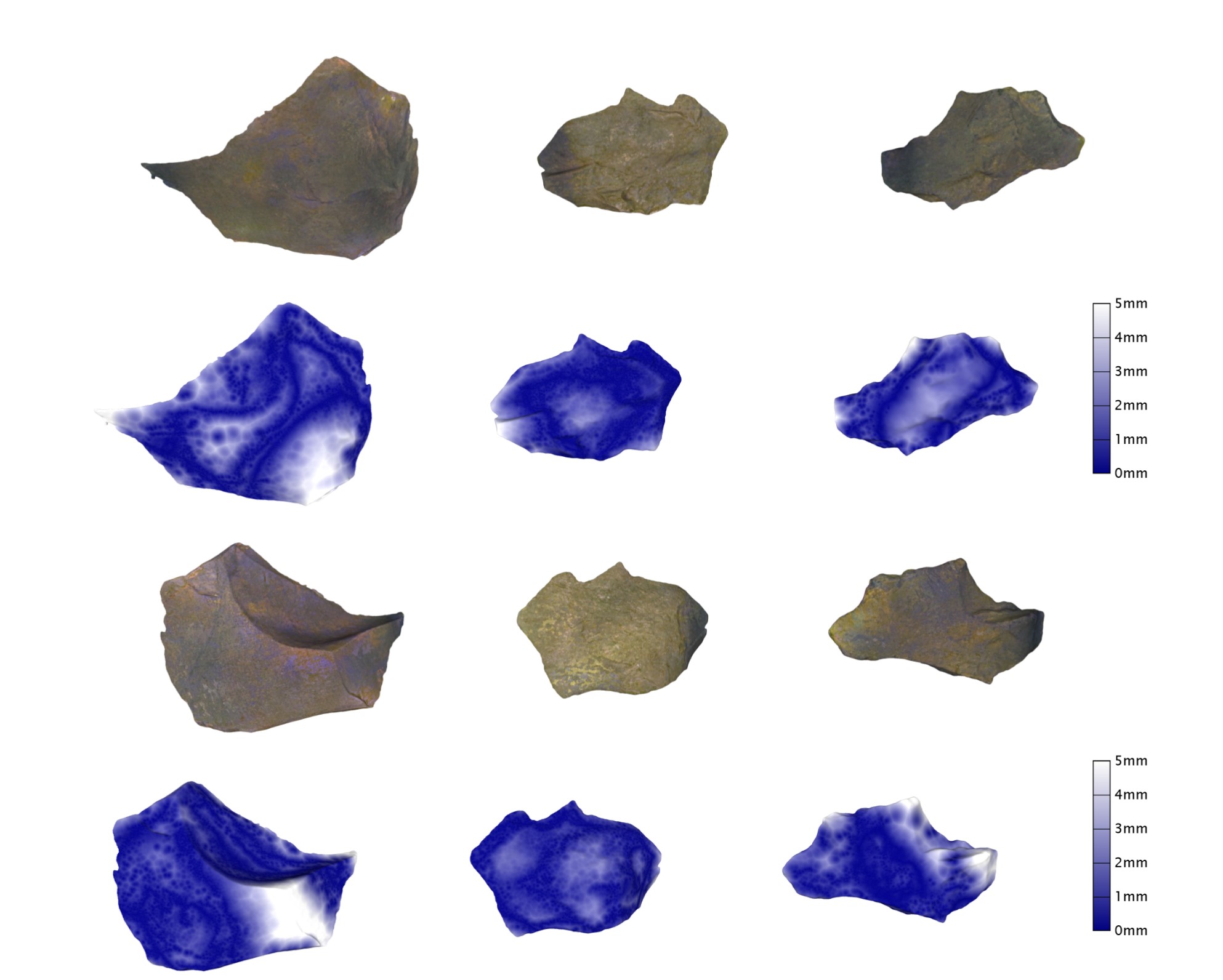
Other Rooms is an experimental ambient album I recorded with my bandmate Liam Hayward in my room during the summer of 2017-2018. It features guitar, piano, violin, drums, and electronic elements. It also featured a collaboration with Japanese musician Motoko Kikkawa, and a guest apperance from folk singer, Holly McPhee. The album can be listened to below.
The following video, inspired by the abstract, early motion films of New Zealand artist Len Lye, was recorded and directed by me and Liam Hayward for the album's promotion.
Sine Rave was a 12 hour festival during an autumn night in Dunedin. Audience members were invited to fall asleep to ambient, embodying music. I wrote and performed a one hour piece (for cello and violin) with violinist Craig Monk (Dunedin Symphony Orchestra). The work had an interactive visual element, which invited audience members to control a shifting mass of points projected behind the performance. Audience members learnt to react to the music, extending the piece both collaboratively and cognitively.

I have been a professional musician since 2014. I have taught myself classical guitar technique, and the cello. My music builds layered walls of sound using multiple instrumental loops. The video above is a live-to-air performance of my band Maryland - a two piece that comprises me, and my bandmate Liam Hayward on drums - at local Dunedin radio station, RadioOne. The video below is an early performance of Maryland in 2017.
My music was played in iD Fashion Week, Dunedin, 2017. Four early versions of my songs were played over the runway catwalk.
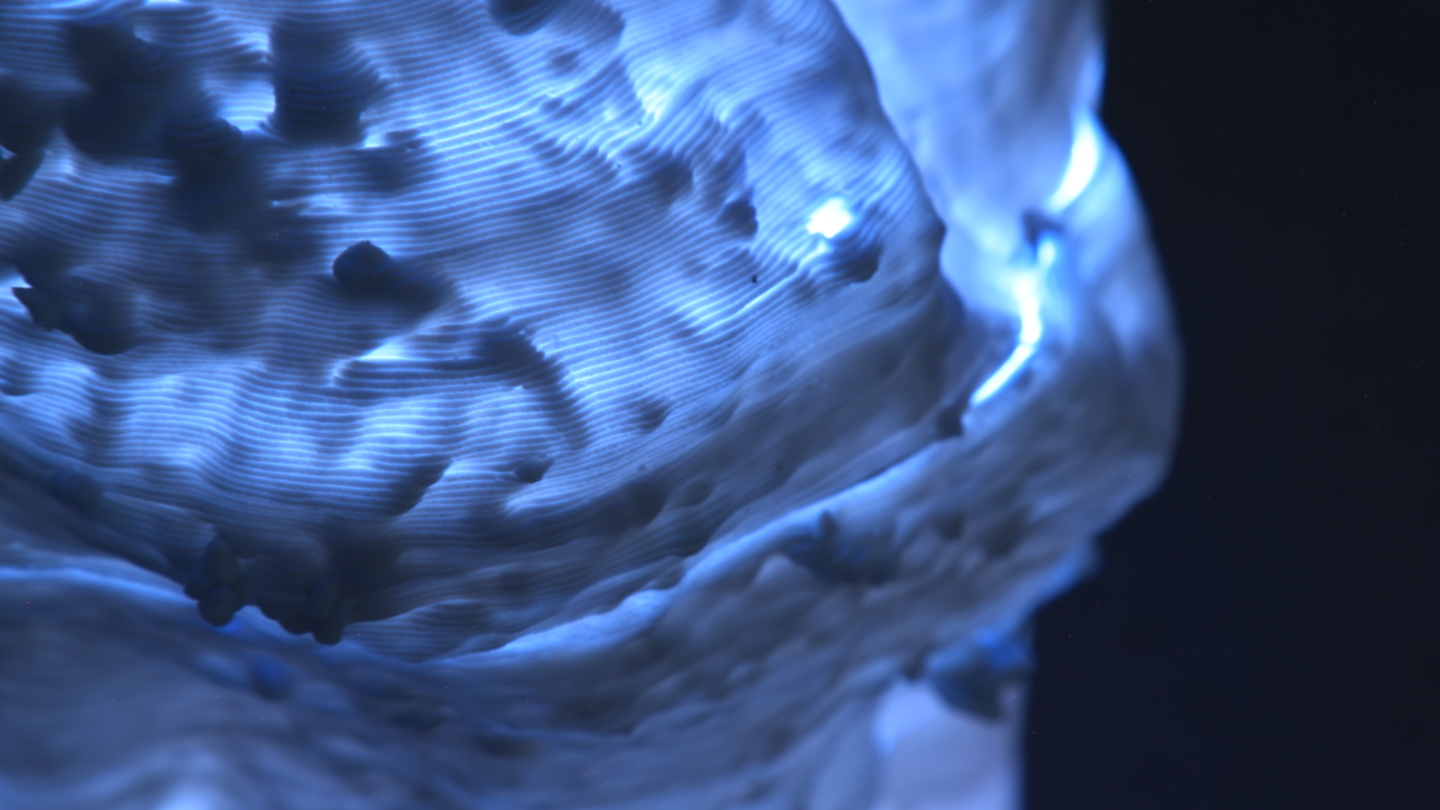
The ghosts of future trees is an extension to Epiphytic Memory, a foreboding speculation on our processes of making myth, and what our myths of the future might be in terms of our dying planet and our forgetting of extinct species. The work constructs and imagines a dystopian future where the course of western colonial techno-patriarchy has destroyed earth’s living ecosystems. In this troubled world, distraught spirits of bygone beings are left to roam a desecrated earth. These ephemeral forms are reduced and stunted, shifting in and out of various collapsed organic permutations as they reminisce and mourn the loss of physical life. Humans in an effort to commune with these spirits and their lost physical forms, have created structures in the image of the ghosts they see (or feeble impressions of them). The work consists of 3D-printed, translucent porcelain trees – derived from photogrammetric scans of sites in the Catlins, one of New Zealand’s largest remaining rain forests. The trees are responsive to environmental phenomena, much like the trees we know, yet their response is incorrect. They bioluminescence as a function of CO2, and communicate over a mycorrhizal network of light: the internet. These reactive qualities demonstrate feeble simulacrum, a drifting away and forgetting of those trees we know currently. This project is a work in progress.
